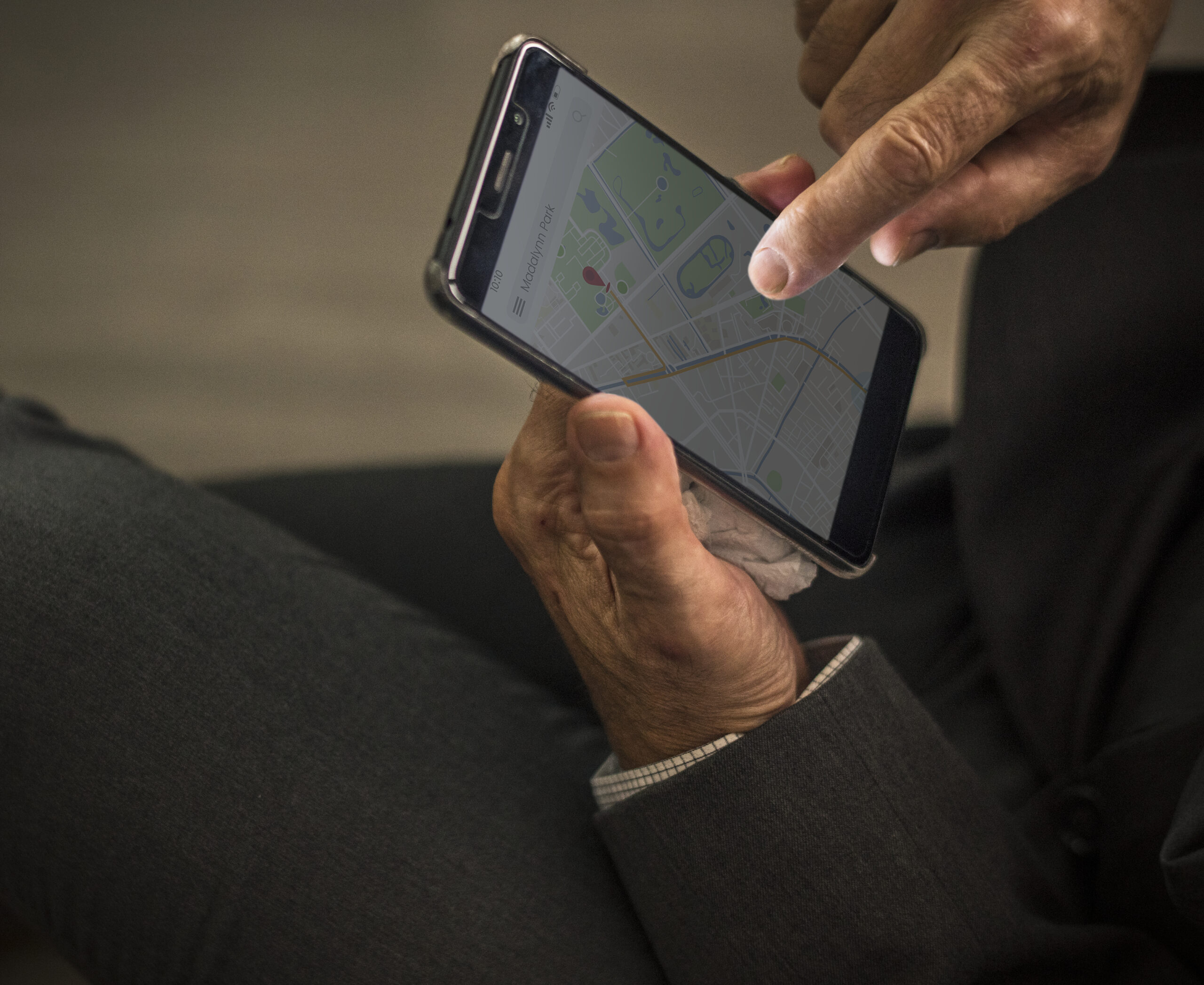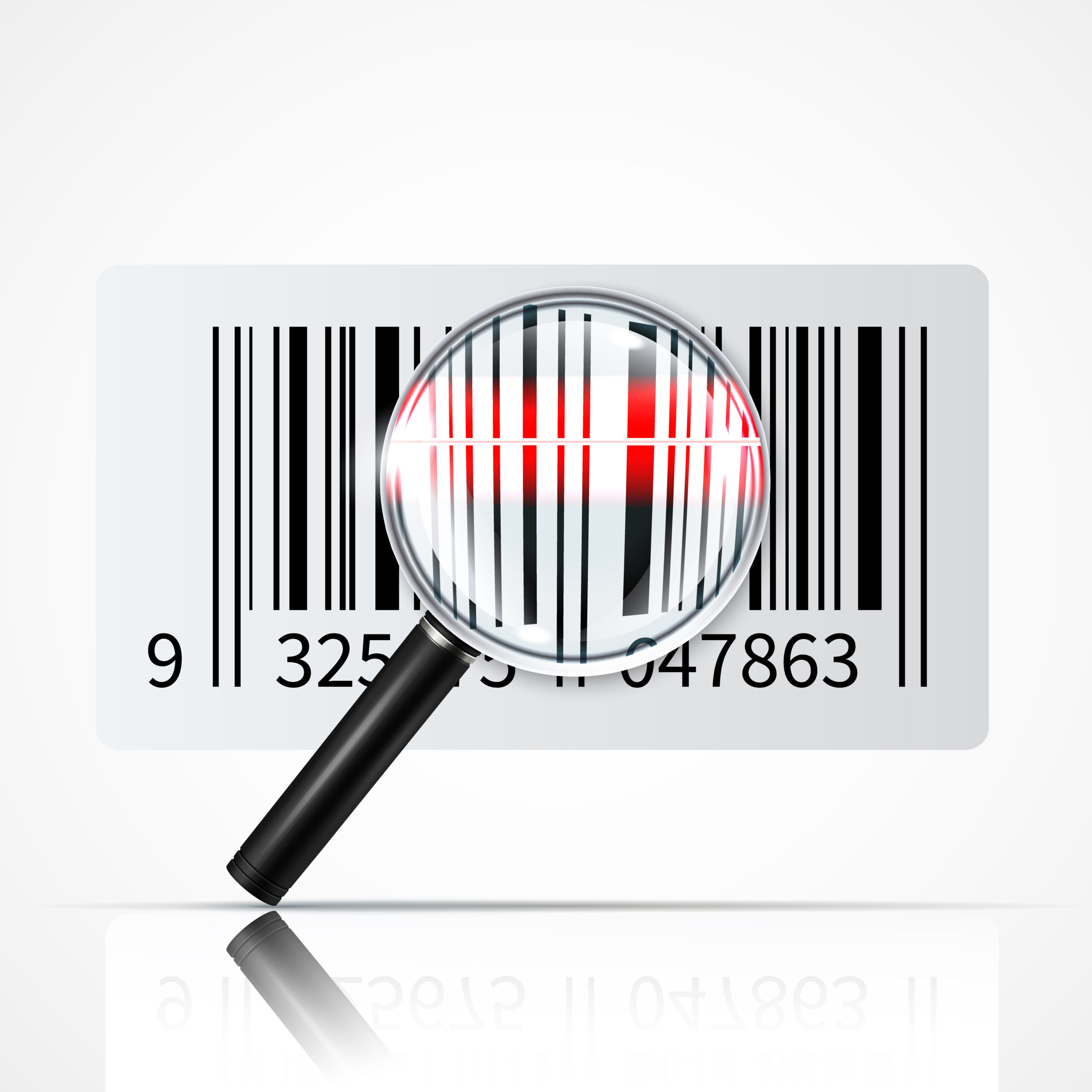
GPS and barcode asset tracking work hand in hand to ensure that you lose fewer assets and can manage them effectively. With an efficient asset management system, you’ll be able to monitor what you own, where it is, how it’s behaving, and access other important information. In today’s competitive business landscape, asset tracking solutions are indispensable for boosting productivity and reducing downtime.
Barcodes and GPS technology allow you to automate your asset management operations. You’ll be able to speed up asset audits, automate updates to your fixed asset register, and track locations with minimal manual effort. By utilising a barcode tracking system, you can create a seamless workflow that ultimately contributes to optimising your resources.
Barcode Asset Management
Barcode asset management works by allowing you to apply physical barcodes onto your assets. Whether these are QR code barcodes or standard ones, as long as they’re unique, you’ll be able to retrieve asset profiles and edit them with ease. This kind of tracking is a simple yet effective solution to keep track of important tools, machinery, and equipment, especially in sectors like manufacturing and construction.
With an asset tracking app, the process becomes streamlined. All you need to do is create a unique digital profile for your asset and link it to its physical counterpart using an asset tag. This asset tagging system helps to ensure every item has a record, improving accountability and transparency.
Then, every time you scan the asset’s tag, the asset’s profile will open. Here, you’ll be able to make use of a variety of features, from bookings and check-in/check-out functionality to maintenance features. This ensures you not only know where your assets are but also that they are being used and maintained appropriately.
One of the best practices for equipment management is ensuring that every asset’s lifecycle is tracked and managed correctly. Using a barcode tracking system for tools, companies can maintain a record of when each item was last used, who used it, and its current condition, which ultimately reduces loss and enhances productivity.
Common Challenges and Solutions
While implementing a barcode tracking system can bring several advantages, there are common challenges that a business might face. A few of them are listed with their solutions:
- Barcode Damage: Barcodes can be damaged due to wear and tear. To avoid this, durable material should be utilised for barcode labels, or the place where these labels are stuck should be free of damage.
- Signal Issues with GPS: GPS tracking-related issues include the occasions when the signal strength becomes very low, such as indoors or deep within remote areas, and it fails to work as it should. In a hybrid system, the problem could be tempered by using barcodes for indoor tracking and GPS for outdoor tracking.
- User Training: The personnel may be trained on how to use a tracking system effectively. Spending time on detailed training programs will ensure that workers know how to scan the barcodes accordingly and make effective use of GPS features.
If you remove these challenges, you will be able to maximise the power of your asset-tracking system and ensure that everything runs smoothly.
Detailed Benefits of Using Both GPS and Barcodes
Combining GPS and barcodes for asset tracking offers several significant benefits. This combination provides a comprehensive solution that addresses both asset location and usage. By integrating these technologies, you get:
- Increased Accountability: Knowledge of who last interacted with an asset, along with real-time location data, simply ensures increased accountability within your organisation.
- Reduced Asset Loss: Location updates are provided in real time via GPS, and the logging of each interaction with a barcode minimises the chances of asset loss or misplacement.
- Smarter Auditing: The combination of barcodes and GPS builds an audit trail that enables easy asset location verification and a history of usage.
- Improved theft prevention: GPS trackers locate the assets in case they have been moved without permission. This helps in reducing theft and unauthorised usage.
- Cost Efficiency: Automating asset tracking saves time and money spent on managing them, as it reduces the need to hire actual human individuals.
These benefits highlight how using both GPS and barcodes can make asset management more efficient and effective, ultimately leading to better resource utilisation and cost reduction.
How to Use Barcode Tracking in Asset Management
So, how to use barcodes in asset management? That’s quite simple: you fix the barcodes on the assets. Each of these barcodes corresponds to a unique digital profile within your asset management system. This digital profile brings information regarding the asset: location, status, condition. Each time it gets scanned using a mobile device, it pulls up the relevant asset details, allowing users to book, check the asset in and out, or update its condition report.
This is incredibly helpful for companies with large inventories or many moving pieces. Scan a barcode in only a few seconds, and auditing will go by quickly, while your data accuracy will stay maintained.
Best Practices for Optimising Barcode Tracking

To get the most out of a barcode asset management system, consider the following best practices:
- Employ Durable Labels: Barcode labels should be made of materials suitable for the environment where they will be deployed, such as industrial-grade labels, which are more suitable for harsh environments.
- Place Correctly: Barcodes should be placed in locations from where they are easily accessible and visible for easy and quick scanning.
- Perform Regular System Updates: Make sure the asset management software stays up to date with the latest features and security updates. This will make it easier for you to manage your asset tracking system.
- Training Staff: The staff must be adequately trained regarding the proper handling of scanners and tracking software. This will cut down the chance of errors.
These best practices will help you make your asset tracking barcode system more effective and ensure a smooth tracking process.
GPS Asset Tracking
In addition to barcode asset management, you can also automate your asset tracking by using GPS trackers. These GPS devices ping your asset management system at periodic intervals, providing automated updates.
For instance, you will get an automated location update on the hour, allowing you to verify that your assets are where they should be. Combining GPS and barcode asset tracking systems is a smart choice, especially for assets that move between different locations.
GPS tracking is particularly useful for monitoring vehicles and other mobile assets. When your equipment is in transit, GPS trackers ensure that you know the location, status, and estimated arrival time, which can be useful in logistics and delivery operations. Using a barcode delivery tracking system, for example, ensures that your goods are being handled efficiently and are traceable throughout the delivery process.
Combining GPS trackers with barcodes allows you to track asset locations, whether your tools and equipment are on or off your premises. For instance, if you are transporting equipment between sites, barcode location tracking combined with GPS can help you keep track of everything effectively, reducing the risk of theft and misplaced items.
This functionality also saves you money on fuel, as you can use these location tracking features for more effective asset retrieval procedures. You will no longer need to send multiple teams to locate an asset—just a simple scan or a GPS ping will let you know its exact whereabouts.
GPS and Barcodes: A Powerful Combination
Every time you scan an asset’s barcode, the last seen location will also be updated. Your asset tracking app will use your phone’s GPS data to do so. This way, you’ll be able to verify where your assets have been and construct an automatic audit trail—a vital feature for industries dealing with expensive or critical tools.
Having a barcode GPS tracking feature is highly beneficial for monitoring high-value items. It also simplifies your audit process by keeping accurate, real-time records of where your assets were last used and who used them. This is very helpful in diagnosing asset issues; for example, if an item is damaged, you can easily verify the exact time and place the issue was reported.
Interacting with an asset’s profile uses this scanning functionality. If an issue is reported, you’ll be able to verify where it was reported, who reported it, and the time of the report. This helps to reduce errors, improve maintenance practices, and keep a consistent record of asset usage.
The GPS functionality allows you to reduce asset downtime and optimise your existing auditing operations. You can establish a system where there’s always accountability, ensuring smoother operations across the board.
Maintenance Scheduling Using Barcode Systems
Using a barcode tracking system can greatly enhance maintenance scheduling. By scanning an asset, you can pull up its maintenance history, upcoming service dates, and any past issues. This allows for proactive maintenance, ensuring that assets are serviced on time and do not fall into disrepair.
For example, if an asset requires regular servicing every six months, a barcode scan can help you check when it was last serviced and when the next maintenance is due. This approach helps reduce downtime and increases the lifespan of your assets, ultimately leading to cost savings.
Manufacturing Barcode Tracking System
In manufacturing, having a manufacturing barcode tracking system can greatly enhance operational efficiency. Barcode tracking allows you to monitor inventory levels, track parts throughout production, and ensure every component is accounted for. This not only helps reduce waste but also speeds up the production cycle, as there’s less risk of items going missing or running out unexpectedly.
With barcodes applied to raw materials and finished goods, managers can easily keep an overview of inventory status. The barcode tracking system helps ensure production runs smoothly, and bottlenecks due to missing parts are avoided.
Moreover, integrating barcode technology with GPS ensures end-to-end visibility. From raw materials arriving at your factory to finished goods being dispatched, everything is accounted for with the utmost accuracy, making it easier to maintain production schedules and fulfil customer orders on time.
Barcode Tracking in Asset Delivery and Retrieval

A barcode delivery tracking system offers significant benefits in terms of ensuring safe and efficient delivery processes. By utilising barcodes during the delivery phase, companies can maintain an accurate log of when items are dispatched, who is handling them, and when they reach their destination. This guarantees accountability, minimises losses, and provides customers with the assurance that their goods are being handled appropriately.
Moreover, integrating barcodes with GPS further enhances transparency. GPS provides real-time location data, while barcodes maintain a record of each checkpoint along the way. Together, they create a robust tracking system that ensures assets or goods are managed properly throughout the delivery process.
The Versatility of Barcode Asset Tracking Systems
A very versatile asset tracking barcode System can be applied to a wide range of industries, from healthcare to construction. In healthcare, these can identify medical equipment, keeping critical tools available as and when needed. Construction benefits by keeping its tools and machinery in control, reducing losses, and maintaining safety standards.
Putting a GPS location together with barcode tracking opens up many possibilities in asset tracking, both in mobile and non-mobile assets. Barcode tracking adds accountability through the knowledge of who is responsible for the asset, while GPS ensures the physical location remains current.
In technology firms involved in shipping and logistics, the barcode tracking system tends to work by giving an overview of goods moved. Employees can scan the items at higher stages of transit by offering an exact record of location and status. Mixed with GPS, it becomes easier to optimise the route in managing inventory and providing customers with real-time updates on the order status.
Benefits of Barcode Asset Management
Barcode asset management provides several key benefits. By automating the tracking process, companies reduce manual errors and save significant time. The ability to generate real-time reports helps companies make data-driven decisions, which leads to better resource allocation.
It also ensures assets are where they need to be, meaning less time is wasted searching for misplaced equipment. This efficiency is crucial for maintaining operational flow, particularly in industries where equipment downtime can lead to significant losses.
Incorporating a barcode asset management system also helps companies keep accurate maintenance records. If an asset is due for servicing, the barcode will pull up maintenance schedules, enabling timely interventions and preventing equipment breakdown.
Using itemit As Your Asset Tracking Solution
itemit is unique as it allows you to combine multiple asset tracking technologies. This way, you’ll be able to track your assets using GPS trackers, RFID tags, QR codes, and barcodes. The barcode tracking system within itemit helps create a cohesive and organised way to manage tools, equipment, and machinery.
Overall, using the effective systems within the software, you’ll be able to mitigate the risk of losing assets as much as possible. Then, you’ll be able to ensure that your assets are running smoothly using a variety of maintenance and monitoring features.
All of this comes together in your automated, customisable, exportable, and effective fixed asset register. Every edit and every detail will be visible here, ready for your accounting, insurance, or tax teams. This comprehensive barcode asset management system enables seamless inventory management, reduces overheads, and ensures your assets are fully utilised.
By using itemit’s barcode GPS tracking system, you’re ensuring that your business assets are traceable, organised, and properly accounted for. This not only saves you money but also boosts efficiency and productivity, giving your business a significant edge.
To find out more about how itemit can save your business time and money, you’ll be able to fill in the form below to start your 14-day free trial. You can also contact the team at team@itemit.com for more information on how a barcode tracking system can transform your asset management practices.

Try itemit
Choose a better way to track
your assets.
Start your free 14-day trial now!

Keep Learning
itemit Blog
Tips, guides, industry best practices, and news.
Track Your Agricultural Assets With RFID Tags
Discover how RFID technology enhances agriculture management with better inventory tracking, livestock monitoring, and operational efficiency, even for small farms.
Which Is Better? RFID Tags Or Barcodes?
Is RFID asset tracking better than using barcodes or is it vice versa? Read this post now to discover which option is ideal for you!
The Future Of Asset Tracking Involves RFID Tags: Here’s Why
Find out exactly why the future of asset tracking in the workplace involves RFID asset tracking by reading this article now!


